
The third generation of the mega-selling Mazda CX-5 mid-sized SUV will debut full touchscreen technology and offer more space while retaining its 2.5-litre SkyActiv petrol engine when it hits Aussie showrooms in 2026.
Nine years after the current model’s launch, the Mazda CX-5 continues to rank among the top sellers in Australia’s mid-sized SUV segment. During the first half of 2025, Mazda moved 11,991 CX-5s – second only to the Toyota RAV4.
This helps explain the ‘ain’t broke, don’t fix it’ approach to revisions for the 2026 model, with some comparatively conservative changes to the exterior styling and powertrain contrasting with substantial upgrades to in-cabin technology.
In discussing the 2026 Mazda CX-5’s exterior styling, the Japanese automaker said it “works off a familiar silhouette that clearly communicates this is a CX-5” while also incorporating elements of the new ‘Kodo’ design language seen in Mazda’s CX-70 and CX-90 SUVs.
From front-on these changes are barely noticeable unless the second and third generations are viewed side by side, with slightly narrower headlights and a redesigned grille the main alterations. The rear is a different story, with much sleeker taillights and Mazda spelled out in caps rather than the traditional badge a considerable departure from the current iteration.
While the new Mazda CX-5’s interior remains elegant and sensible (as its customer base likes it), changes abound.
Mazda has done away with its dial-based menu navigation system in favour of full digital functionality. The 15.6-inch touchscreen dominates an otherwise minimalist cabin, with front and rear demisters and hazard lights now the only physical buttons on the dashboard.
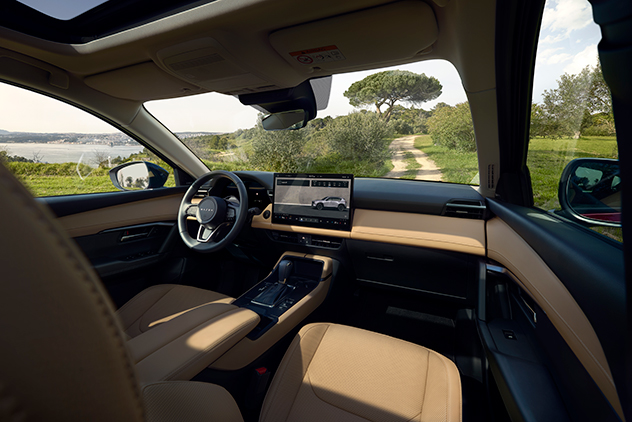
Early imagery of the interior indicates a driver information screen, multi-zone climate control, heated and cooled seats, a heated steering wheel, and a panoramic sunroof will number among the comforts and conveniences on offer.
Cosmetic interior changes include ‘Mazda’ in silver lettering replacing the badge in the centre of the steering wheel and ambient lighting on the front door trims.
All four door apertures are wider, reflecting an overall 115mm increase in length, which brings more leg, knee and head room for rear passengers and a much-needed boost to cargo space, which is now 50mm longer. The CX-5 is also 15mm wider than its predecessor.
Mazda says the new CX-5 will have a “robust suite of standard and available driver assistance technologies”, including ADAS features.
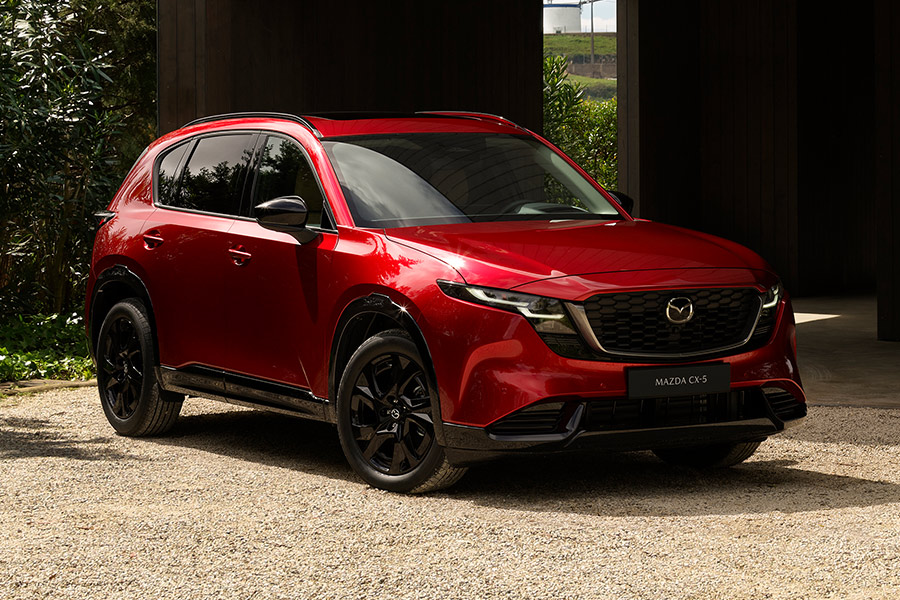
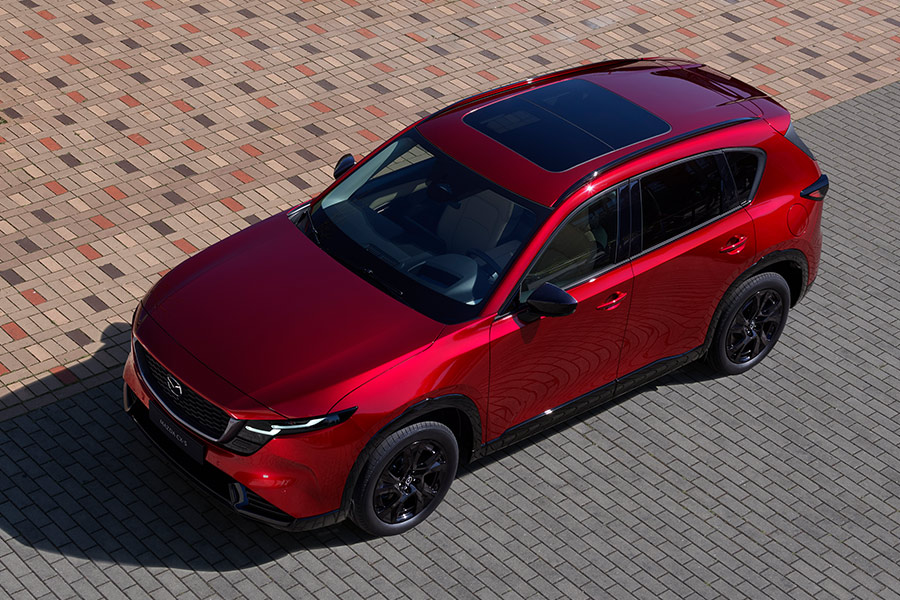
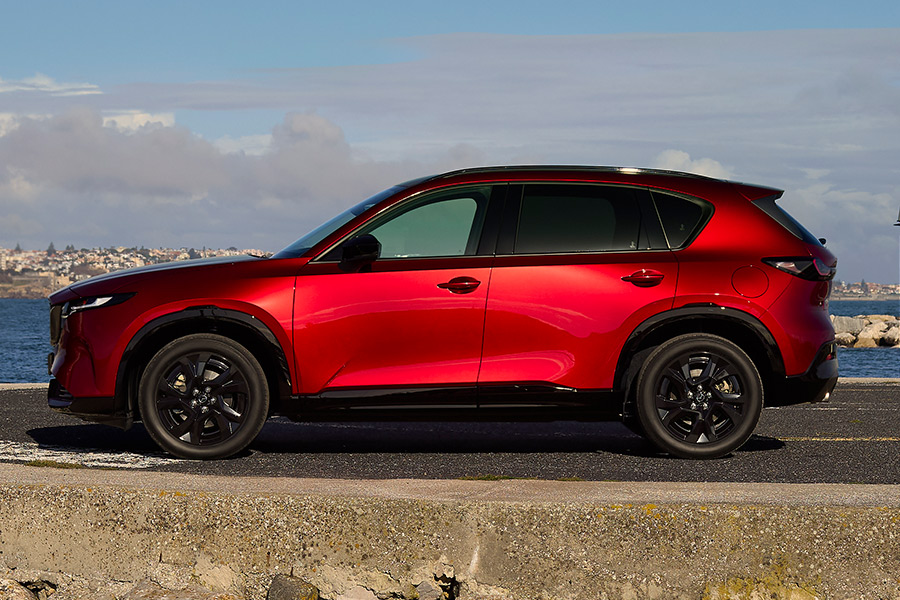


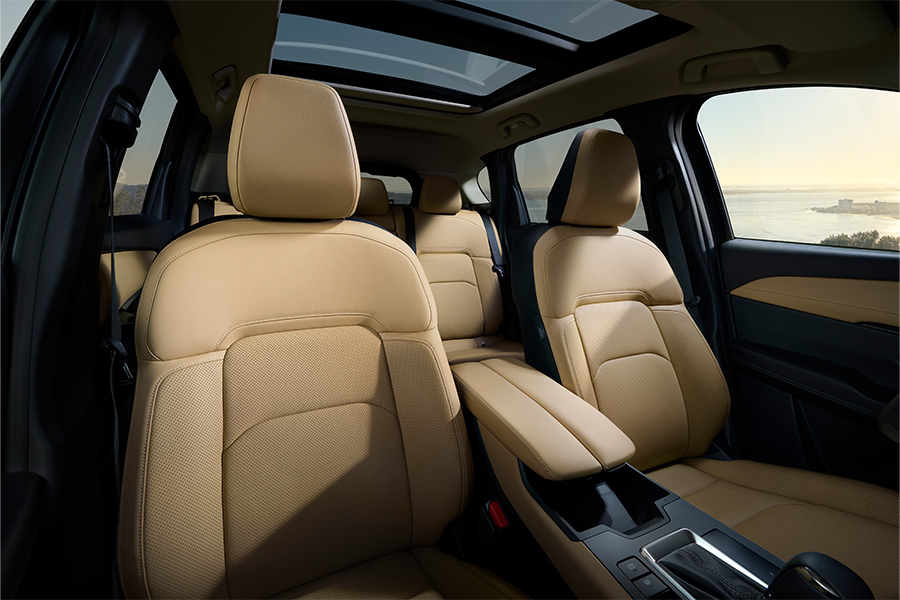


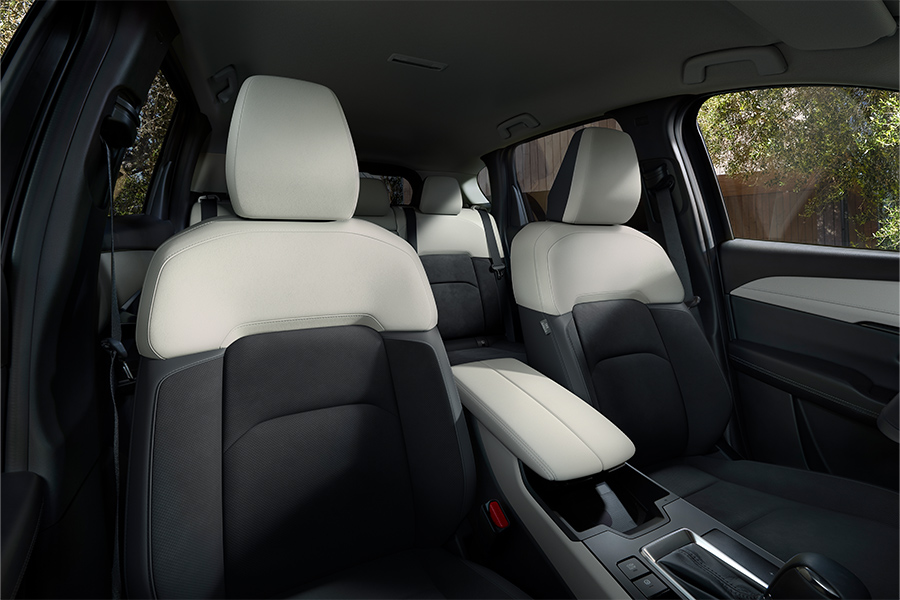
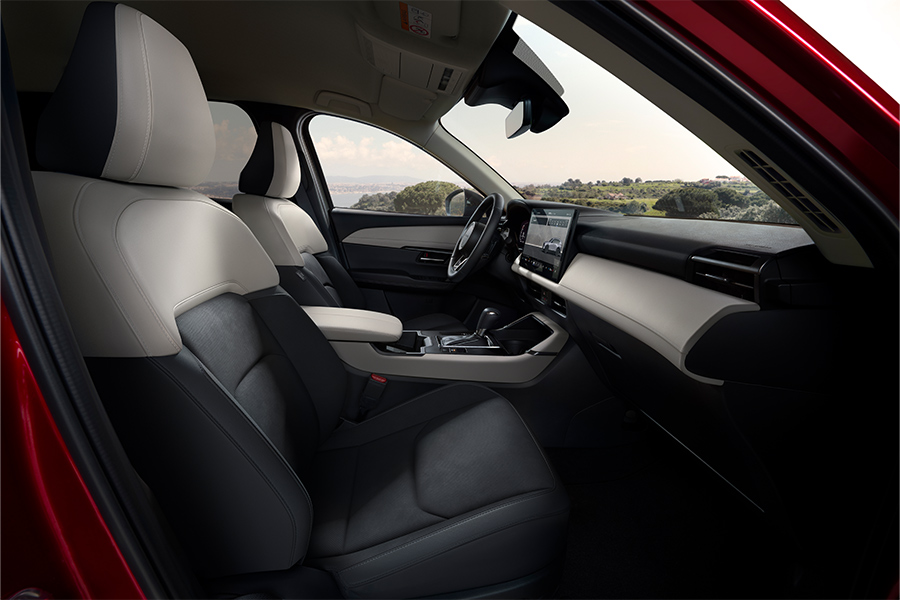
Whereas nearly all its competitors have rushed to embrace hybrid technology, the new Mazda CX-5 will initially persist with its 2.5-litre SkyActiv four-cylinder turbo petrol engine and six-speed auto transmission – a proven but increasingly outdated combination.
The drivetrain has been treated to minor tweaks for the 2026 model, aimed at providing sharper throttle response or a more relaxed demeanour depending how the car is driven.
Interestingly, these changes will result in a drop in power and torque from 140kW and 252Nm in the current CX-5 petrol engine to 132kW and 242Nm, although better fuel economy could also be a pleasant side-effect.
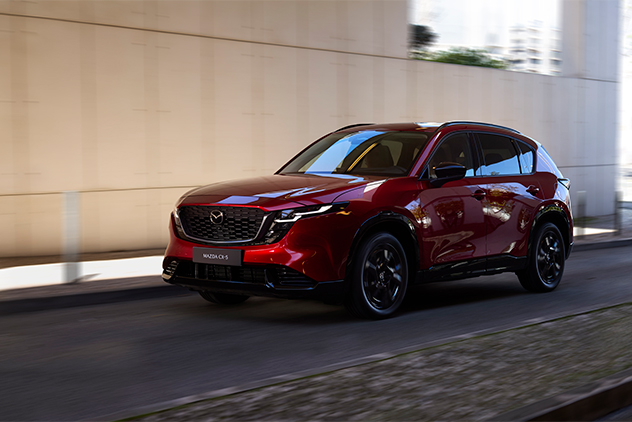
The official CX-5 announcement made no mention of the 2.0-litre petrol engine that serviced its base-model Maxx, suggesting it likely won’t be part of the 2026 lineup. Mazda said a hybrid CX-5 will go on sale in the Australian market eventually “but timing is as yet unconfirmed”.
The analogue gear selector and electric parking brake combination is carried over, as is the strut/multi-link suspension setup responsible for the Mazda CX-5’s capable handling and road holding.
The turbo petrol version of the new Mazda CX-5 is scheduled to launch in Australia in the second half of 2026. Mazda has confirmed a hybrid model will follow, but its release date is yet to be determined.